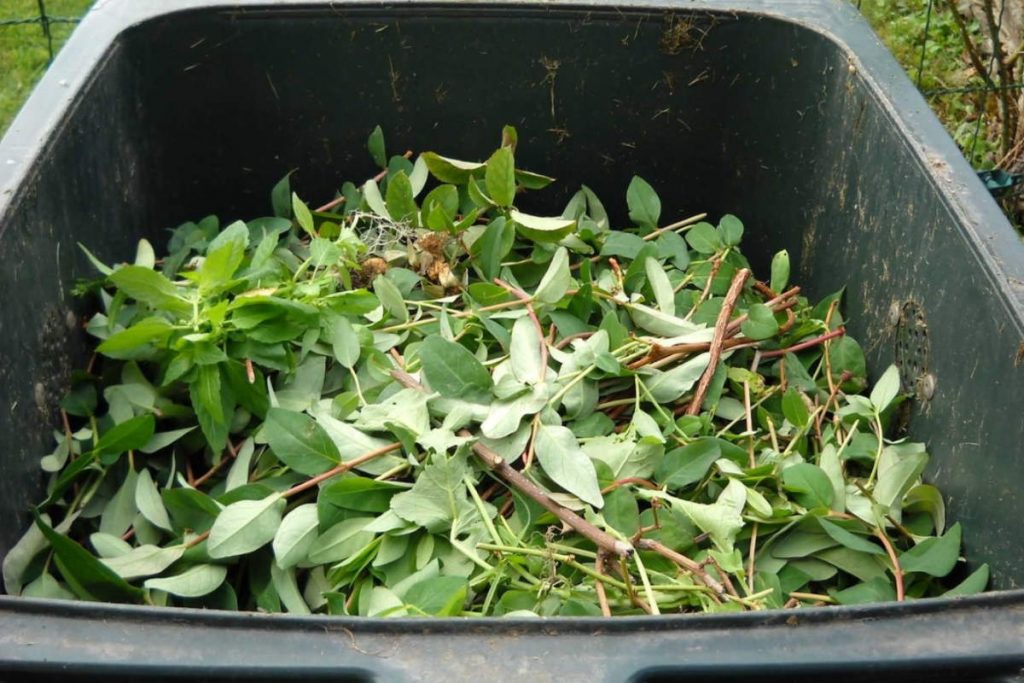The construction industry is transitioning to using sustainable building strategies and practices in exciting ways. Companies understand that newer generations care about their surroundings and want to live, work, and shop in buildings made with sustainable materials and eco-friendly equipment. Furthermore, governments are beginning to set higher standards for green buildings across the world.
Waste management is one avenue of major change. Some of the waste produced by construction and landscaping sites is green, meaning it can be processed in an environmentally friendly way. Here’s how green waste and overall waste reduction are making buildings better.
What Is Green Waste?
You’ve likely cut your grass and had a bag full of yard clippings. That’s green waste, and it’s essential to keep it separate from other forms of trash or recyclable materials.
Garden, lawn, or park waste is biodegradable and is considered green. Besides grass clippings, it also includes branches, bark, wood chips, and weeds. These materials can be processed and turned into things such as compost or mulch.

Sustainable Waste Management
Only a fraction of the waste that comes from construction sites is recyclable. Identifying and separating green waste and finding better ways to process the rest is crucial to environmentally-friendly processes. Sustainable construction and waste management practices can significantly impact construction businesses, which is why it has grown in popularity over the past decade.
For sustainable construction to thrive, waste management practices must align with eco-friendly responsibility. This means reducing trash when possible and using materials that can be recycled or reused. How do we do it?
Strategies to Reduce Waste and Encourage Green Practices
Limiting refuse and reusing materials sounds easy in words, but it takes planning and effort to put sustainable practices into motion. Here are some strategies construction companies use to reduce waste and encourage green practices.
1. Plan Purchases
One way to reduce waste is to only purchase the materials needed to complete the job. You measure twice and cut once, so look over your purchases and buy everything you need simultaneously.
Excess materials at a building site often go unused and are the main contributors to construction waste. When purchases are planned, money is saved, and less trash is generated overall.
Additionally, planning purchases allow construction workers to choose sustainable materials. These might include reclaimed wood or other items made out of recyclables.
2. Limit Packaging
Some waste at construction sites can be completely eliminated. Products may be selected based on how much packaging is included. When possible, buyers can ask vendors to ship the materials without excess wrapping.
Limiting packaging helps reduce waste and is beneficial to the environment. It’s less plastic that could end up in landfills and eventually the ocean. If more people request materials without wrapping, the need for manufacturing plastic wraps and ties decreases.
3. Separate Green Waste
Rather than putting all waste from a project into one pile, separate the recyclable and nonrecyclable materials. An easy way to ensure the items are properly sorted is by using color-coded and clearly labeled bins.
By separating the waste, items that could have been recycled won’t end up in landfills, and more materials can later be reused, whether it’s for that specific project or a future one.
4. Reuse and Salvage Good Materials
Materials on construction sites can often be reused. If in decent condition, doors and windows could be used for new products, sold, or donated. Additionally, excess concrete or gravel could be used as backfilling instead of dirt, saving money and energy in the long run. If there are unused or salvageable materials, a buyer might repurchase it as long as it is in good condition.
Another way to reuse materials is to process green waste into mulch to be used in garden areas around a building. Landscaping refuse is particularly easy to salvage and can help the green side of building projects be even more eco-friendly.
5. Deconstruct Rather Than Demolish
Demolition is often the easiest way to get rid of a building. However, it generates a lot of waste and emissions. If it’s the only option, workers can choose to rent or use equipment that has been retrofitted to reduce emissions or utilize a newer model that produces fewer emissions. That way, at least the demolition process involves less overall consumption.
Deconstruction is a more sustainable route. It doesn’t damage materials that could be reused, and it limits harmful pollutants. This means future building projects can take advantage of recycled products that lessen their own carbon footprint. Plus, deconstruction boosts the economy because more people are needed to complete a deconstruction project, creating new jobs.
The Importance of Waste Management in Green Building
Green construction uses less energy, water, and materials. It reduces the harm to humans and the environment that non-green building presents. Growing communities affect the world around them, and eco-friendly practices limit any damage to their surroundings.
The environment, the economy, and society all benefit from green buildings. Practicing green waste management addresses global goals like eliminating climate change and creating sustainable communities. Since construction causes a significant amount of pollution, making it earth-friendly will better the planet.
- 9 Myths and Facts About Environmental Toxins - January 4, 2023
- Top 6 Deadliest Hurricanes ever recorded - November 7, 2022
- Are All-Electric Homes Feasible in the Near Future? - September 25, 2022

One reply on “The Growth of Green Waste in Sustainable Construction”
This is a very helpful post. Thanks for sharing